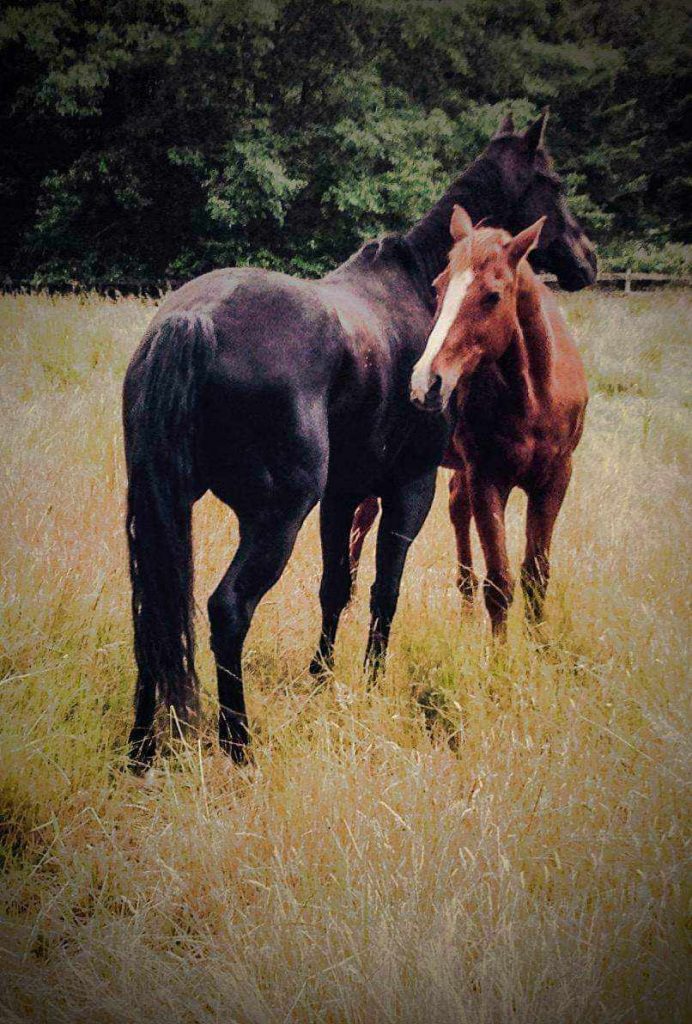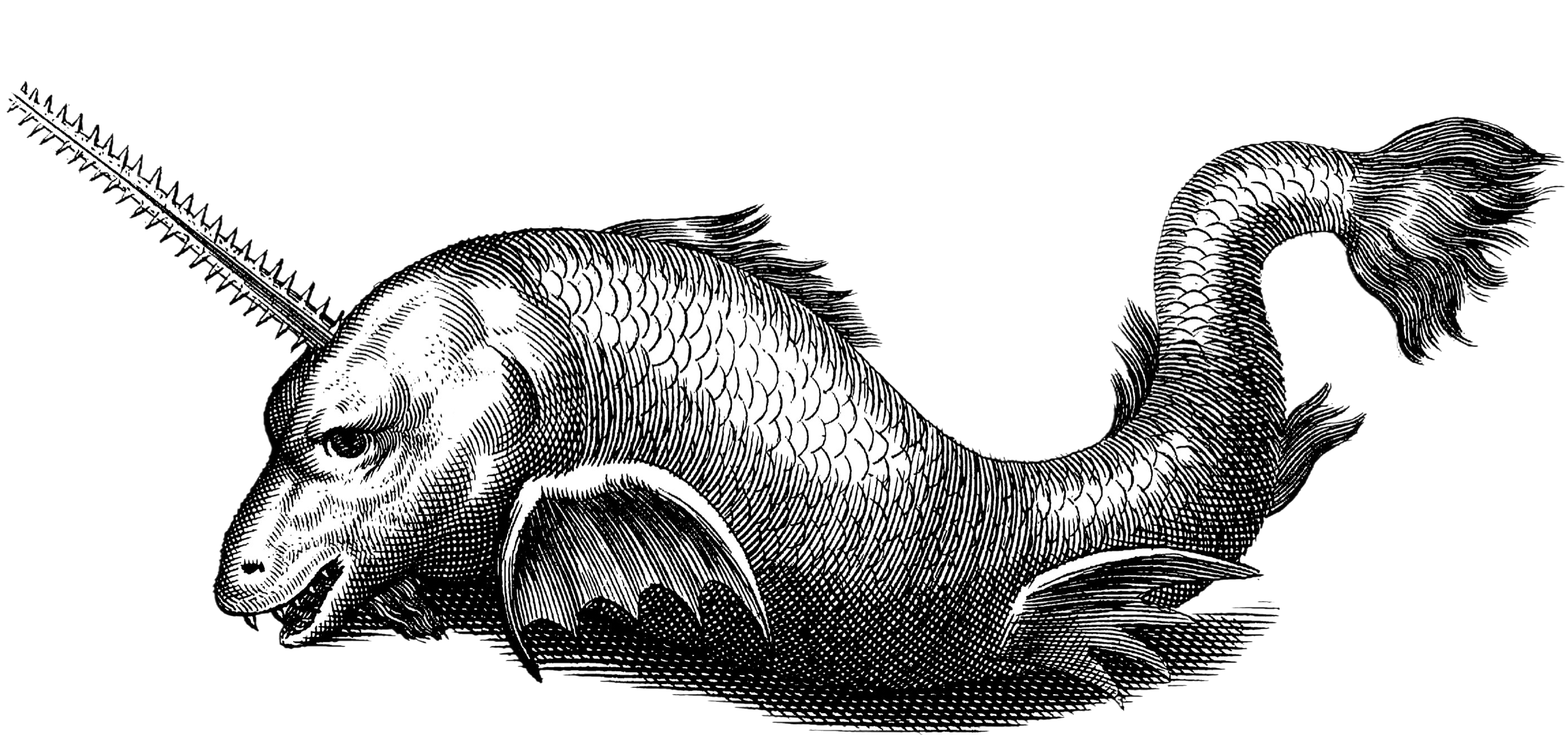It’s been a while since our last update from the field of Fysshynge, but we’ve made some exciting progress. Following a successful first round of testing in an unlikely lab setting, we embarked on an unforeseen second session in hopes of answering a nagging question about horse tail hairs and a confounding factor we have dubbed “Variable P.” Ultimately, we only ended up with a host more questions, but such is research.
The First Tests
With no suitable lab space in sight, we instead set ourselves up in the old McKinnon Gym. We were all glad to put our athletics fees to good use for once. Our testing station consisted of a dual cable machine, which comprises a pair of cables that run through several pulleys to two adjustable weight stacks. This machine is usually intended for exercises such as tricep pushdowns and “flys,” but today it will act as our counterweight.

Our testing method was straightforward: we attached the upper ring of the spring scale to the cable via carabiner and tied a length of fishing line to the hook on the scale’s base. We then tied the base of the fishing line around another carabiner and hung the weights from this carabiner using a weight bearing fabric “cradle.” Starting out with a 5 lb (2.3 kg) weight, we then increased the weight in 5 lb increments until the line broke or until it exceeded the machine’s maximum counterweight of 95 lbs (43 kg). Our results for the hemp and linen lines were quite impressive, but we ran into trouble with the horse tail lines.
Trouble with Tails
During our first round of testing, we noticed a puzzling discrepancy: despite her noble breed, Golosa’s gorgeous white tail hair was holding up quite poorly compared to our other materials. This didn’t seem to accord with what A Treatyse of Fysshynge wyth an Angle told us about the line weights required to catch fish of various sizes. Supposedly, a line of 15 total strands like the ones that we had constructed should have been able to hold an Atlantic salmon (Salmo salar), which often reach weights upwards of 5 kg and as much as 13 kg (NOAA Fisheries, n.d.). And yet the lines we had made using the technique outlined in the Treatyse were breaking at less than 4.5 kg. In contrast, our linen and hemp lines consistently held weights upward of 25 kg before snapping.
What could be causing this unforeseen weakness? On reviewing our source, we noted that the tail hair of male horses was preferred. This preference resulted from a concern over the position of the female horse’s urethra, which would supposedly wet the tail with urine that could break down the fibers. We set out to test this confounding variable, which we have designated Variable P.

Anuk’s family kindly supplied us with the tail hairs of Bandit, an American Quarter Horse who passed away in 2020. Though black and thus unsuited for the dying technique outlined in the Treatyse, Bandit’s tail hairs were assumed not to be impacted by Variable P. Using the same technique that we applied with Golosa’s hair, we constructed several lines from Bandit’s, making sure to submerge them in salt water until saturated. We then set about testing them with much anticipation. To our surprise, we found that the male horse’s tail hairs were breaking at roughly the same weight as the female’s had (below 4.5 kg). Clearly, some other confounding factor was ahoof here.
More Nagging Questions
Our second set of tests confirmed one thing: the sex of the horse and the associated issue of urine breaking down the hairs is likely not the cause of our weak horse-hair lines. But a host of other questions are as yet unanswered. For example, while the Treatyse outlines the use of horsehair lines for a primarily freshwater sport, we saturated the lines in salt water to emulate a marine environment; might the horse hair line hold more weight when saturated with freshwater? We also note that while every effort was made to ensure that the fishing lines were of a similar thickness, the varying materials made this difficult. To what extent could the thickness of each line affect its weight capacity, and how could further research compare this variable across multiple materials? These and other questions will have to wait for another study, as our time to present our findings draws near.
Additional References
NOAA Fisheries. (n.d.). Atlantic salmon (protected). https://www.fisheries.noaa.gov/species/atlantic-salmon-protected.
